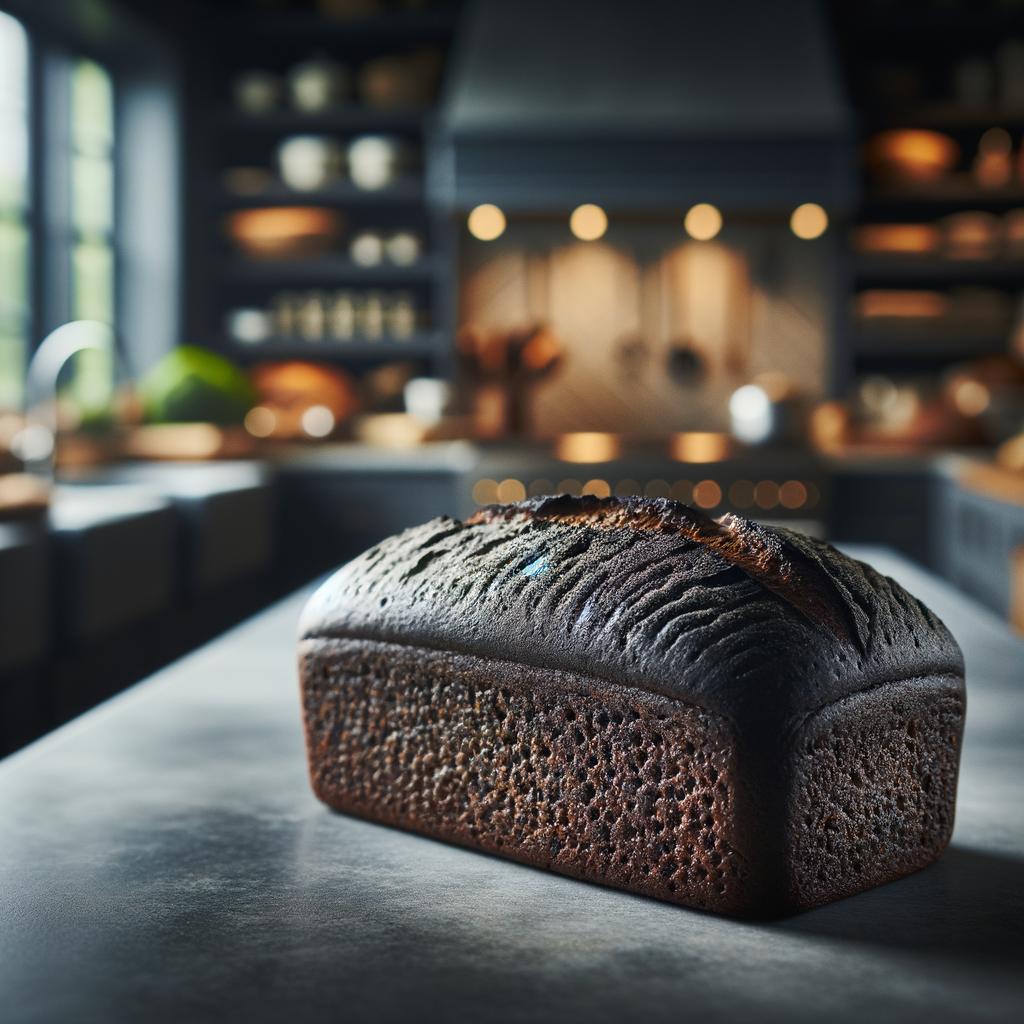Pumpernickel Bread

Description
Pumpernickel bread, a quintessential part of German cuisine, is a delightfully dense and flavorful bread that evokes the comfort and warmth of a traditional European kitchen. This bread is characterized by its deep, almost black color, a result of the slow baking process that caramelizes the natural sugars in the rye. Its texture is decidedly dense, yet moist and chewy, providing a satisfying bite. The flavor profile of pumpernickel bread is complex - it has a slightly sweet, malty taste with a hint of earthiness and a robust rye flavor. What sets pumpernickel apart from other breads is its baking process, which can last up to 24 hours, resulting in its unique color and flavor.
Primary Uses
Pumpernickel bread is a versatile ingredient in the culinary world. It's commonly used in a variety of dishes across European cuisines, especially in Germany and Scandinavia. It serves as the perfect base for open-faced sandwiches, often topped with smoked fish, cheese, or cold cuts. It's also a key component in traditional holiday dishes like kavring (Swedish Christmas bread). In addition to its culinary uses, pumpernickel bread holds cultural significance in Germany, where it's often associated with hearty, comforting meals during the cold winter months.
History
The history of pumpernickel bread is as rich as its flavor. Originating from Westphalia in Germany around the 15th century, the term 'pumpernickel' is said to have been derived from the German words for 'devil's fart', humorously referring to its high fiber content and the digestive effects it may have had on those not accustomed to it. Despite this amusing origin, pumpernickel bread was a staple for the working class and soldiers due to its long shelf life. Over time, its popularity spread across Europe and eventually to the Americas. It's often associated with tales of endurance and survival, adding a romantic yet resilient facet to its history.
Nutritional Information
Pumpernickel bread is not just a flavorful addition to meals, but it also packs a nutritional punch. It's a good source of dietary fiber, which aids in digestion and helps maintain a healthy weight. Additionally, it's rich in essential minerals like magnesium and manganese. It also contains phenolic compounds, which are known for their antioxidant properties. Compared to white bread, pumpernickel has a lower glycemic index, making it a healthier choice for those managing blood sugar levels. However, like all breads, it should be consumed in moderation due to its carbohydrate content. The story of pumpernickel bread is one of humble beginnings, resilience, and enduring appeal, making it a truly remarkable ingredient in the tapestry of food history.

